Audiences are falling out of love with dizzying multiverse sagas. Can the concept still be a useful lens on the psychology of regret, or is it dead on arrival?


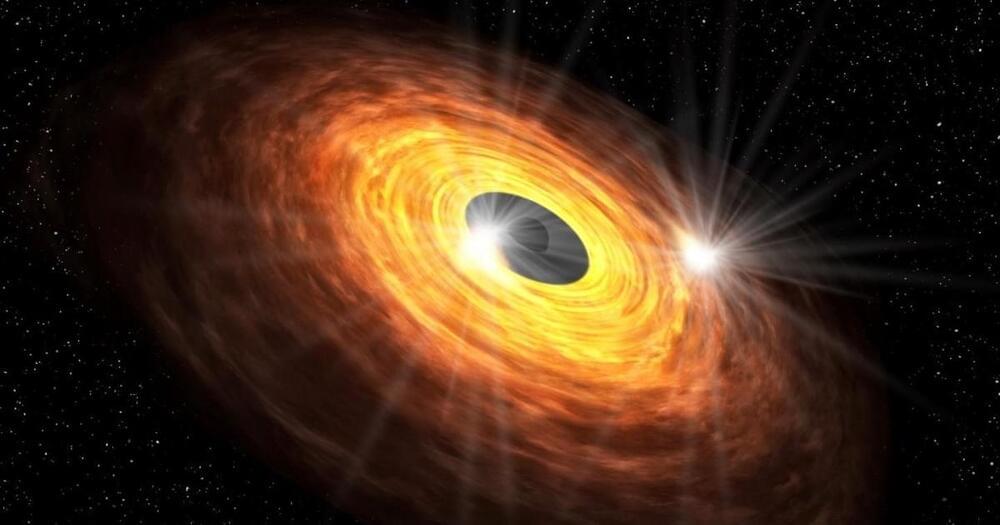
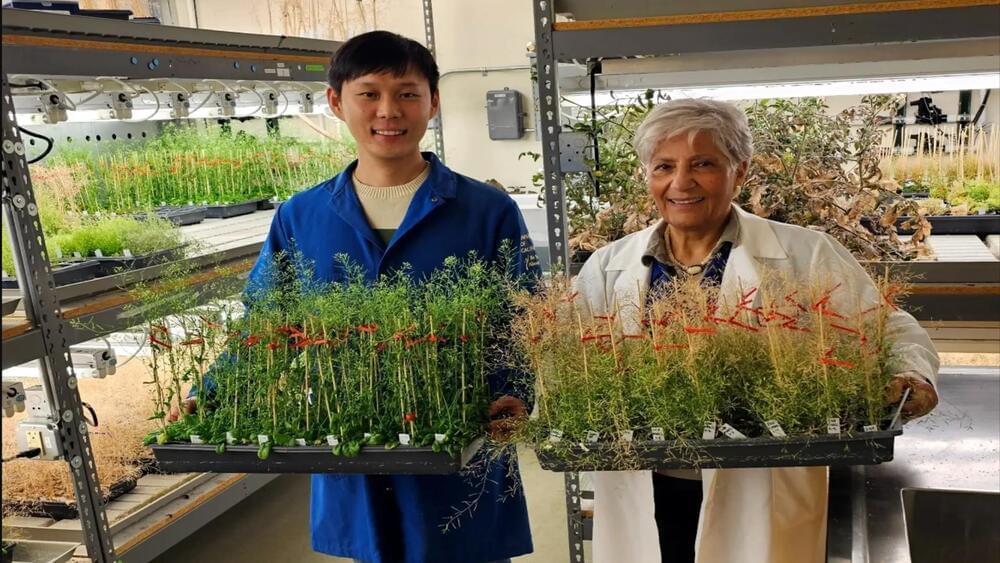
Join us on Patreon! https://www.patreon.com/MichaelLustgartenPhDDiscount Links: Telomere, Epigenetic Testing: https://trudiagnostic.com/?irclickid=U-s3Ii2r7x…
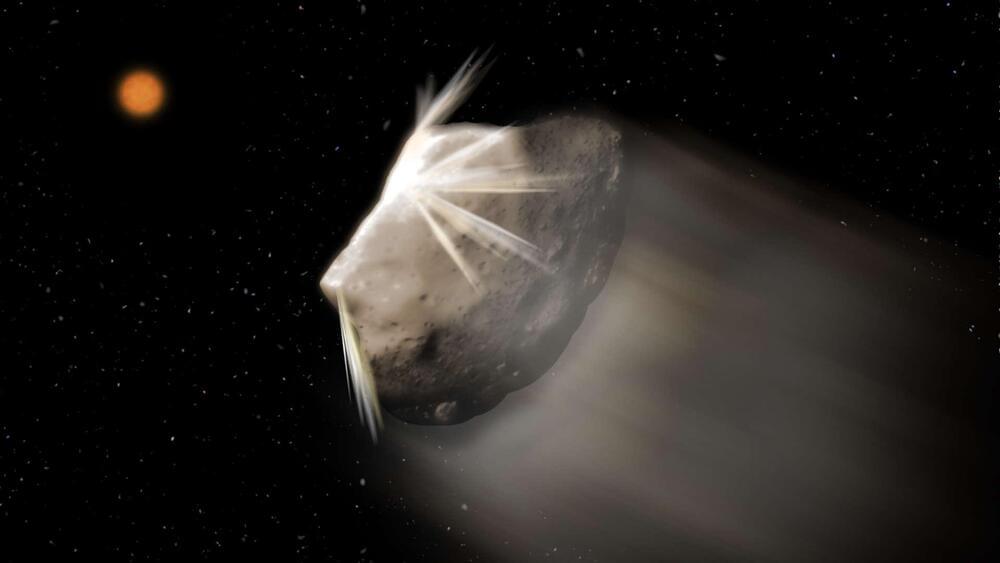
A rapid reshaping of orbits resulting from a close encounter with Jupiter or Saturn can lead Centaurs to exhibit comet-like activity, according to a Planetary Science Institute Senior Scientist Eva Lilly paper.
Centaurs are small bodies similar to asteroids in size but to comets in composition that revolve around the sun in the outer solar system, mainly between the orbits of Jupiter and Neptune.
We have found some answers to the long-standing mystery of why some Centaurs became active like comets while the rest appear like regular quiet asteroids. Nobody knew why they behaved this way. It did not make any sense.
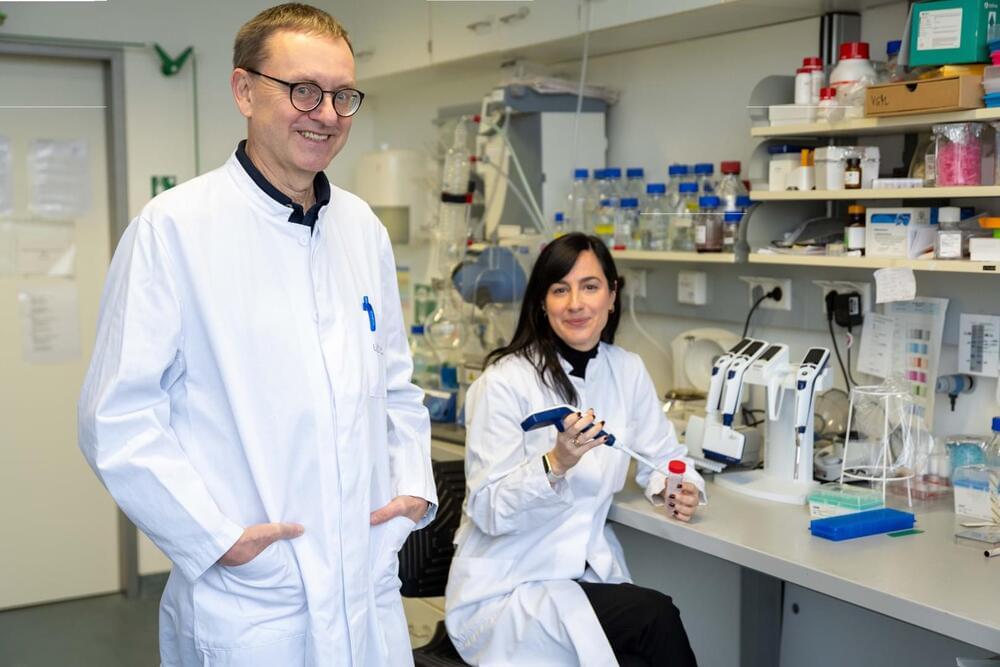
Bonn researchers identify protein that increases the formation of good brown and beige fat. Brown fat cells convert energy into heat — a key to eliminating unwanted fat deposits. In addition, they also protect against cardiovascular diseases. Researchers from the University Hospital Bonn (UKB) and the Transdisciplinary Research Area “Life & Health” at the University of Bonn have now identified the protein EPAC1 as a new pharmacological target to increase brown fat mass and activity. The long-term aim is to find medicines that support weight loss. The results of the study have now been published in the journal Nature Cell Biology.
Obesity is defined as a pathological increase in white fat, and has become a major problem worldwide, with a greatly increased risk of cardiovascular diseases such as heart attack and stroke.
“Exercise and dieting are not enough to effectively and permanently shed the pounds,” says corresponding author Prof.
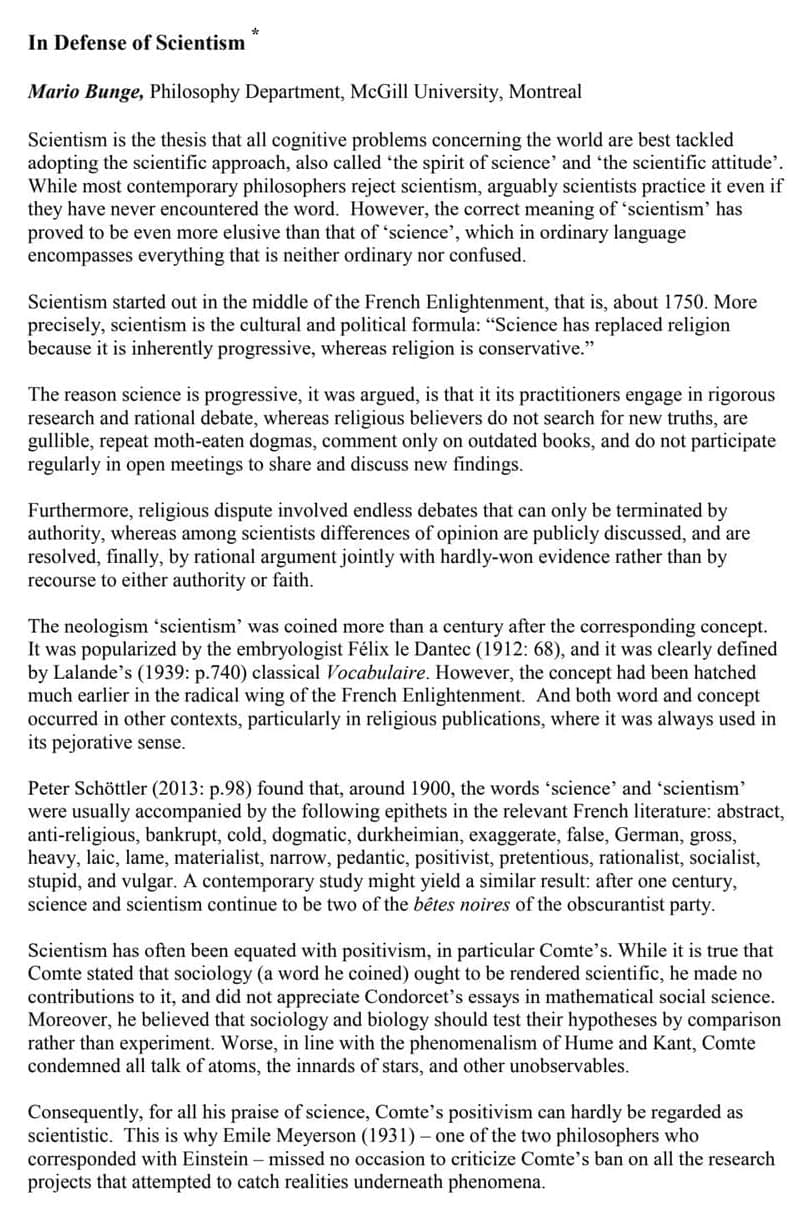
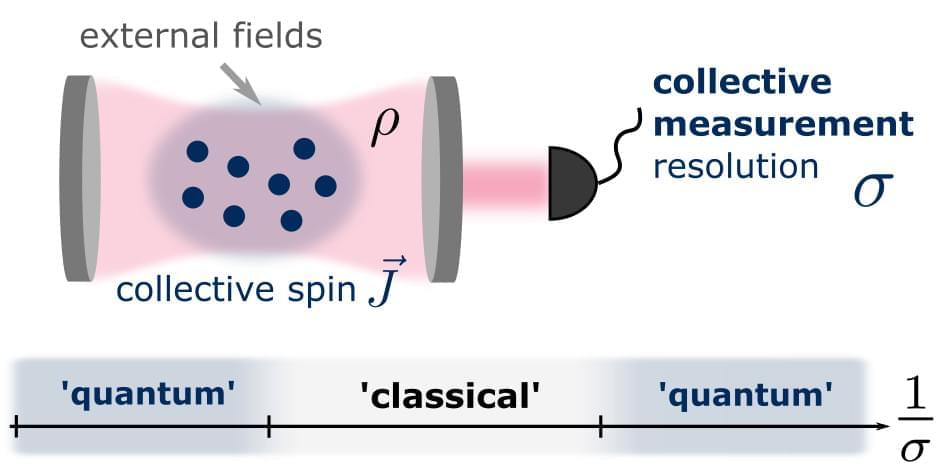
We study the competing effects of collective generalized measurements and interaction-induced scrambling in the dynamics of an ensemble of spin-1/2 particles at the level of quantum trajectories. This setup can be considered as analogous to the one leading to measurement-induced transitions in quantum circuits. We show that the interplay between collective unitary dynamics and measurements leads to three regimes of the average Quantum Fisher Information (QFI), which is a witness of multipartite entanglement, as a function of the monitoring strength. While both weak and strong measurements lead to extensive QFI density (i.e., individual quantum trajectories yield states displaying Heisenberg scaling), an intermediate regime of classical-like states emerges for all system sizes where the measurement effectively competes with the scrambling dynamics and precludes the development of quantum correlations, leading to sub-Heisenberg-limited states. We characterize these regimes and the crossovers between them using numerical and analytical tools, and discuss the connections between our findings, entanglement phases in monitored many-body systems, and the quantum-to-classical transition.
While interactions within a many-body quantum system tend to generate highly correlated states, performing local measurements will typically tend to disentangle the different subsystems. When combined, the interplay between these two effects often lead to measurement-induced transitions, which separate two distinct stable phases: one interaction-driven, where entanglement is high, and another measurement-driven, where entanglement is low. However, different types of measurements can lead to other scenarios, and often also generate entanglement themselves. In this work we study quantum many-body systems where both interactions and measurements take place collectively and thus generate a high degree of entanglement if acting separately. We show that nontrivial competition between these two actors emerges, leading to configurations with very low entanglement.
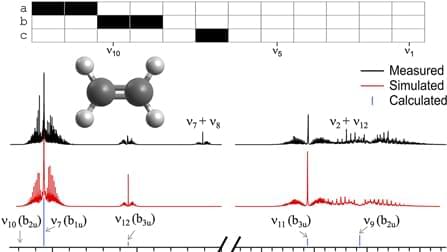
The spectra of C1 molecules are confounding in that each of the fundamental vibrational modes transform as the same irreducible representation (A) and hence each band consists of a seemingly random distribution of a-, b-, and c-type transitions. This is in contrast to higher symmetry molecules for which band types are readily deduced by simple symmetry rules. Herein, we present a method to simulate the convoluted rotational contours in the gas-phase spectra of C1 molecules by combining existing ab initio calculations with Colin Western’s pgopher rotational contour program. Specifically, ab initio calculations in the NWC hem suite of programs were employed to predict the components of the dipole moment derivatives along the principal axes of the moments of inertia. This information was then input into pgopher to model the fundamental band contours as a sum of a-, b-, and c-type transitions. This method was applied to simulate the rotational contour spectra of a series of representative C1 molecules which were then compared against both ab initio stick spectra and experimentally measured broadband IR spectra from the Pacific Northwest National Laboratory infrared gas-phase database. In addition to providing further insight beyond what is revealed in a typical stick spectrum, the simulated contours showed good agreement with the measured spectra.
The various identities of cells, whether they are in the brain, heart, kidney, or any other tissue, are defined by the genes they expressed. In basic terms, the genes that are active in a cell are transcribed into RNA molecules that are then translated into proteins using tRNA molecules. In the genetic code, three base pair sequences of DNA, or codons, represent amino acids. These amino acids are moved into place by tRNA molecules, which have matching anticodons, to make proteins. There is redundancy in the genetic code as well, in which one amino acid can often be encoded by a few different codons.
Protein production varies considerably in different cells, and this is especially notable in cells that generate antibodies. These cells often have to spring into action and shift into high gear to generate many infection-fighting antibodies quickly. These antibody producers are B cells, and they often make significant metabolic adaptations when they’re needed.